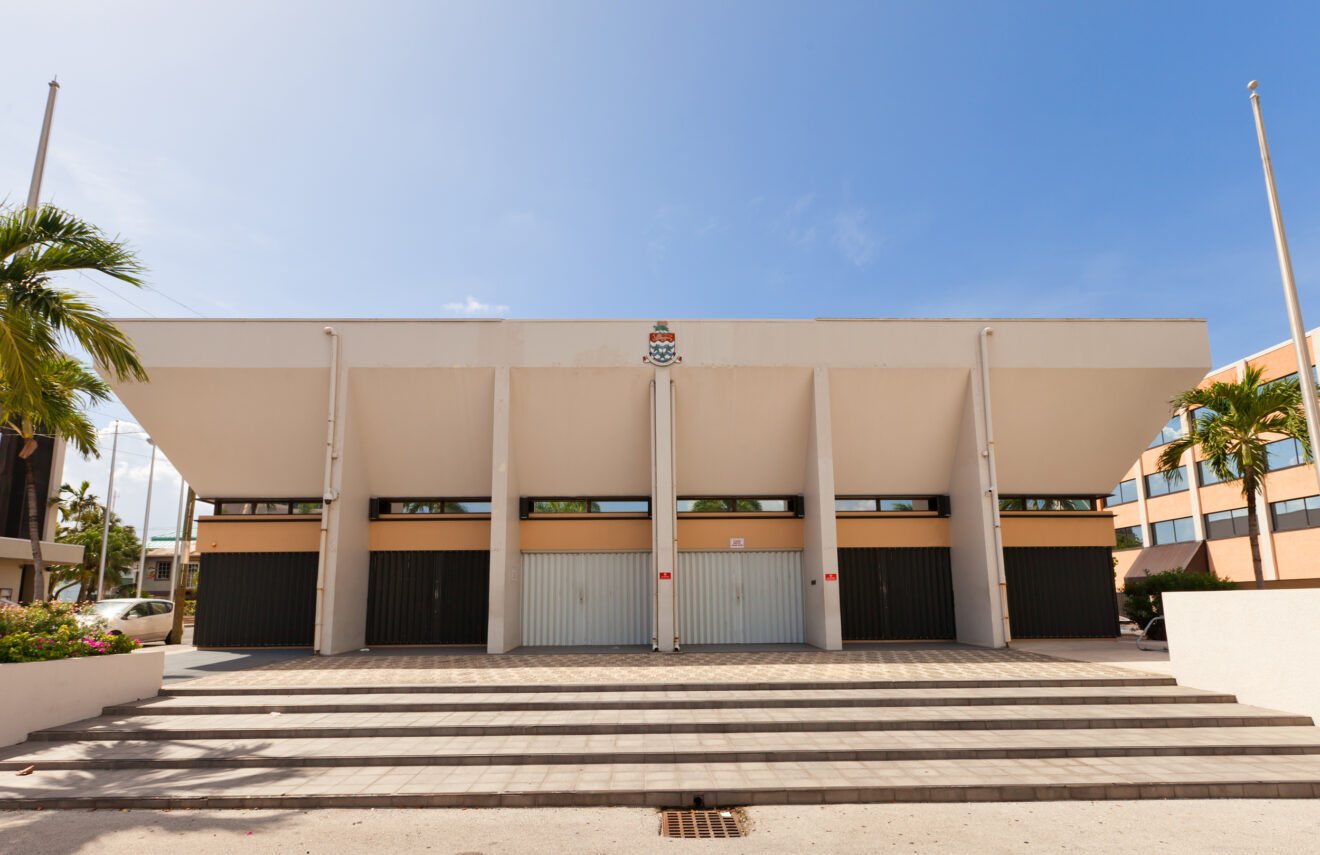
As the Cayman International Reinsurance Companies Association hosted its second annual [Re]Connect conference this month, the spotlight again turned to Cayman’s increasingly prominent reinsurance sector.
Recent critiques suggesting the Cayman Islands operates as a weaker regulated jurisdiction within the global reinsurance landscape are both unfounded and unfair.
Cayman’s approach to financial services regulation, particularly within reinsurance, has always emphasised compliance with international standards through sensible, risk-based frameworks. The Cayman Islands Monetary Authority, the financial services regulator, is a founding member of the International Association of Insurance Supervisors and adheres strictly to global regulatory norms — demonstrating alignment and collaboration, not isolation, with international counterparts.
Criticism labelling Cayman’s regulatory regime as “light-touch” or presenting systemic risks to overseas insurers does not withstand scrutiny. In fact, CIMA’s robust oversight includes thorough reviews of reinsurers’ quarterly financials and solvency positions, coupled with stringent risk management and stress-testing requirements. CIMA’s publication of detailed internal capital model guidelines further demonstrates a transparent and proactive regulatory stance.
Significantly, Cayman’s regulatory approach deliberately diverges from the EU’s Solvency II framework. Solvency II imposes rigid capital requirements, often compelling reinsurers to reserve capital unnecessarily. Cayman’s choice not to seek Solvency II equivalency allows reinsurers greater flexibility within a clearly defined regulatory framework, enabling them to develop bespoke, appropriate capital models which are approved by CIMA.
This pragmatic and risk-based approach lets entities optimise their regulatory capital structures, which in some cases are aligned closely with United States-based National Association of Insurance Commissioners’ risk-based capital guidelines.
Consequently, reinsurers benefit from lower overall operating costs and more effective capital deployment, enhancing Cayman’s attractiveness as a reinsurance domicile.
Furthermore, the Cayman Islands’ ongoing commitment to achieving equivalency with the NAIC standards is noteworthy. Achieving NAIC equivalency would further signify that Cayman’s regulatory framework meets the rigorous standards established by U.S. regulators, enhancing its international reputation.
Moreover, Cayman’s regulators actively engage in supervisory cooperation with global regulators, including the United States, collaborating on inspections and maintaining ongoing regulatory dialogue. This level of engagement underlines Cayman’s commitment to transparency and international cooperation, essential components for any jurisdiction aspiring to global leadership in reinsurance.
The strategic, deliberate growth of Cayman’s reinsurance sector underscores its attractiveness. According to Reinsurance News, in 2023 alone, Cayman-based reinsurers provided an impressive US$87 billion in reserve credit to U.S. life insurers. Reinsurance companies in the Cayman Islands also now represent approximately 14% of all insurance companies and hold over $93 billion in assets, according to CIMA’s statistics as at Q4 2024.
Such robust growth does not reflect regulatory leniency, but rather confidence from global insurance players in Cayman’s regulatory regime and strategic market approach.
This approach mirrors Cayman’s similarly cautious but effective regulatory framework developed for Virtual Asset Service Providers (VASPs). While other jurisdictions rushed into VASP regulation only to face subsequent recalibration, Cayman took a careful, phased strategy — one praised for its prudence and long-term stability. This same ethos defines Cayman’s handling of reinsurance, demonstrating prudent foresight in managing sophisticated, evolving areas of its financial services industry.
Simply put, Cayman’s rise as a centre of reinsurance excellence, while increasing its competitive edge with other insurance domiciles, is not the “weak link” being portrayed by a few critics — it is an integral part of the global insurance ecosystem, grounded in adherence to global regulatory standards and guided by a risk-based approach and thoughtful innovation.
This article was first published in the Cayman Independent

Paul Byles is director of FTS, which provides compliance, risk management and management consulting services.


